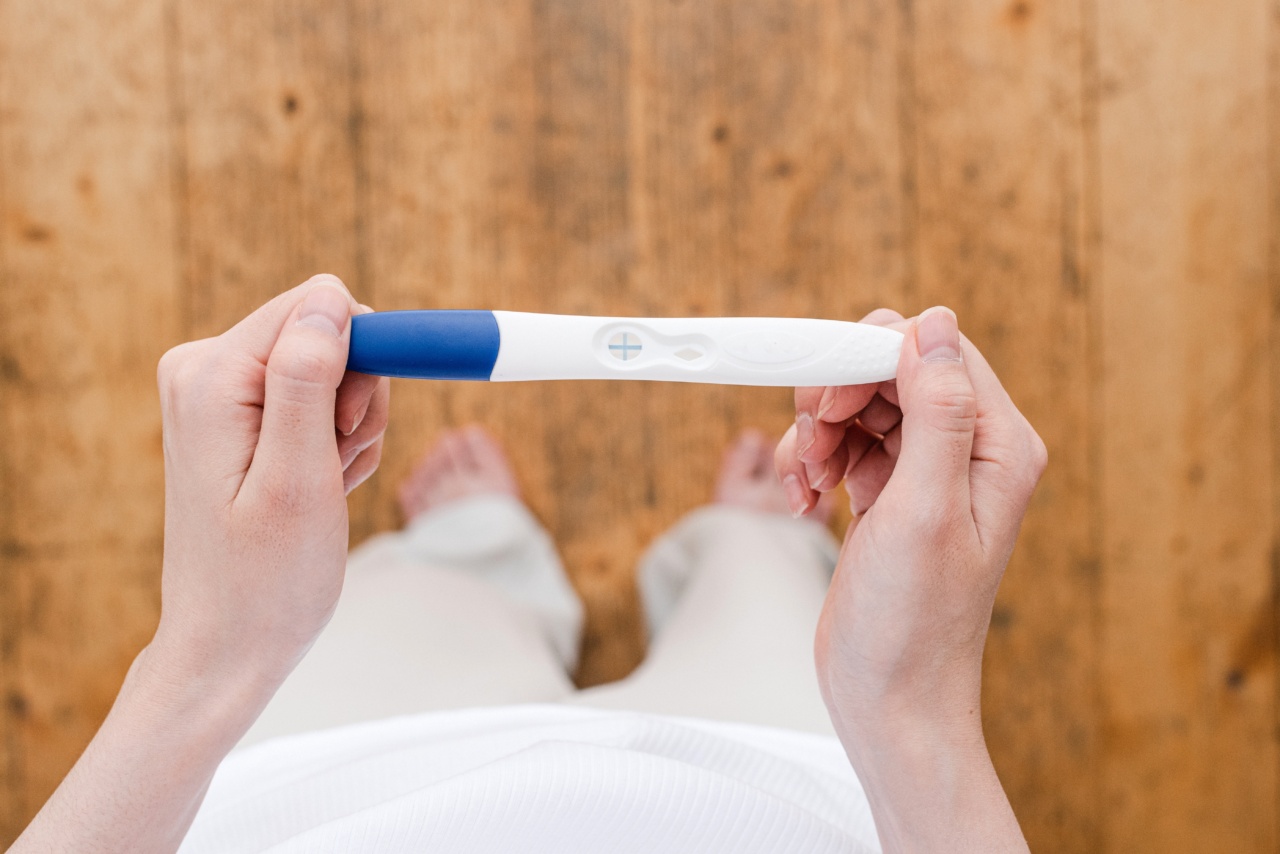Autism Spectrum Disorder (ASD) is a behavioral disorder that affects the development and communication skills of individuals. The symptoms of autism usually appear before the age of three and can range from mild to severe.
Prenatal tests aimed to detect autism spectrum disorders can help parents in early diagnosis and intervention, improving the outcome for their child.
What is Autism Spectrum Disorder?
Autism Spectrum Disorder (ASD) is a neurodevelopmental disorder that affects social interactions, communication, and behavior.
Individuals with ASD may have difficulty in communicating effectively, understanding social cues, and engaging in social activities. The symptoms of autism can range from mild to severe and can have a significant impact on the individual’s daily functioning.
There is no known cure for autism, and the cause of the disorder is still not fully understood. However, early diagnosis and intervention can help improve outcomes for individuals with autism.
Current Approaches for Diagnosing ASD
The current approach for diagnosing autism involves a series of behavioral assessments and observations by professionals, including physicians, psychologists, and speech therapists.
The diagnosis usually involves a comprehensive evaluation of the individual’s communication, social interaction, and behavioral patterns.
While behavioral assessments are effective in identifying autism, they may not be able to detect the disorder until after the age of two or three.
This delay in diagnosis can significantly impact early intervention, which is critical in improving outcomes for children with autism.
Prenatal Tests for Detecting ASD
Recent advances in genetics and neuroscience have led to the development of prenatal tests that can help detect autism spectrum disorders before birth. These tests involve analyzing the genetic and molecular markers associated with ASD in the fetus.
Currently, prenatal tests for detecting ASD are limited and not widely available.
However, researchers are actively studying the underlying genetic and environmental factors that contribute to the development of ASD, with the goal of developing more accurate prenatal tests in the future.
Current Prenatal Tests for Detecting ASD: Amniocentesis and Chorionic Villus Sampling
Amniocentesis and Chorionic Villus Sampling (CVS) are currently the two primary prenatal tests used to detect genetic disorders, including ASD, in the fetus.
Amniocentesis involves inserting a thin needle into the uterus and withdrawing a small amount of amniotic fluid. The fluid is then analyzed in a laboratory to identify any genetic abnormalities, including those associated with ASD.
CVS, on the other hand, involves taking a small sample of tissue from the placenta and analyzing it for any genetic abnormalities. Like amniocentesis, CVS can detect specific genetic markers associated with autism.
While amniocentesis and CVS are effective in identifying genetic disorders, they are invasive procedures that carry a small risk of miscarriage and other complications.
Because of these risks, these tests are usually only offered to women with a high-risk pregnancy, including advanced maternal age and a family history of genetic disorders.
Factors Contributing to ASD
The causes of autism are not fully understood, and it is likely that a combination of genetic and environmental factors contribute to the development of the disorder.
Studies have shown that siblings of individuals with autism are at a higher risk of developing the disorder, suggesting that genetics may play a role in the development of ASD.
Additionally, prenatal exposure to certain chemicals, such as pesticides, has been linked to an increased risk of autism.
Research into these and other environmental factors may help identify additional prenatal tests for detecting ASD.
Conclusion
Prenatal tests for detecting autism spectrum disorders have the potential to improve outcomes for individuals with ASD by allowing for early diagnosis and intervention.
While current prenatal tests for detecting ASD are limited, researchers are actively studying the underlying genetic and environmental factors contributing to the disorder, with the goal of developing more accurate prenatal tests in the future.





























